
The real-life version of the newest Slam Dunk movie’s shrine is worth working up a sweat to see.
When it comes to pilgrimages to real-world places seen in anime, fans of Slam Dunk are known for heading to Kamakura, the Kanagawa Prefecture coastal town that serves as the model for the town where the series’ basketball-playing teens attend high school. These days, though, there’s a new Slam Dunk pilgrimage site, one found far, far to the north in Akita Prefecture.
Moriko Omonoimi Shrine isn’t mentioned by name in The First Slam Dunk, the CG anime movie that came out late last year and is the most recent piece of Slam Dunk animation so far. However, fans can’t help noticing how the shrine visited by Eiji Sawakita, star player of the powerhouse team the Slam Dunk protagonists go up against, looks an awful lot like Moriko Omonoimi. The shrine is located in the town of Yurihonjo in Akita, the same prefecture where Saakita’s fictional Sannoh High School is supposed to be.
Akita, part of Japan’s northeastern Tohoku region, is one of the most rural prefectures in the country, and stepping out of Kurosawa Station on the Chokai Sanroku Line (the closest stop to the shrine), we had our breath taken away by the idyllic Japanese summertime view of a bright blue sky, pure-white clouds, and green fields stretching all the way to deeply forested mountains.
The station itself is a tiny, unmanned building, but clean and well maintained.
▼ If you’re visiting the shrine by train, you’ll want to snap a picture of the timetable, as trains only come by once or twice an hour.
Like we mentioned above, The First Slam Dunk never explicitly says that Moriko Omonoimi is the shrine Sawakita visits to pray for success in his sporting endeavors. Those who have visited the shrine and seen the movie say the visual similarities are clear, though, so much so that…
…the town and station have leaned into the reputation. At the bottom of the Kurosawa Station sign is a picture of a basketball jersey that looks just like Sawakita’s, right down to his number, 9. The sign also greets visitors with the written message “You’ve come to Kurosawa Station,” which in Japanese is “Kurosawaeki ni kita yo,” and sure enough, the sawa and kita parts are written in green.
▼ The route from the station to the shrine
It’s about two kilometers from the station to Moriko Omonoimi, a walkable distance, but there’s also a parking lot near the shrine entrance if you’re arriving by car. Along the way, we even spotted a sign directing visitors.
▼ 森子大物忌神社 = Moriko Omonoimi Shrine
▼ Even the sign for the parking lot has a cool countryside vibe.
In the movie, Sawakita visits the shrine while out running to condition himself for the upcoming game. Elite athlete that he is, he bounds up the stone staircase that leads up to the shrine’s main building.
Stepping through the torii gate, though, we figured we should pace ourselves, because there are roughly 300 stone steps.
On the plus side, you’ll have plenty of beautiful scenery to admire as you take your time, since the path you walk on leads through a dense forest of cedar trees.
As we walked, we didn’t encounter a single other person, and the solitude created a serene, sacred atmosphere. We were far from alone, though as there were tons of bugs: dragonflies, butterflies, bees, horseflies, and mosquitoes.
▼ “Beware of bees”
Since we were visiting in the summer, there was probably more insect activity than usual, but we’d definitely recommend wearing long sleeves to prevent getting bit or stung on your arms. Another thing we’d recommend is bringing some water with you to rehydrate. The cedars provide a measure of shade even at midday, but you’re still likely to work up a sweat climbing up to the shrine.
When we eventually did make it up there, the shrine building was both rustic and majestic. The unpainted wood gives it a very old-school, local-community feel, but the carvings are complex and exquisite.
Just like on the trail, we didn’t see anyone else at the shrine that day. We weren’t its first visitors, though. Set up on a small table was a row of hand counters and a multi-lingual request to press the one corresponding to your country of origin, either Japan, Korea, China, Taiwan, or “English-speaking countries.”
Lumping all English-speaking countries together might seem kind of unusual, but language is clearly the focus of the tally-taking, so that the shrine, and by extension the town of Yurihonjo, can know where its visitors are coming from and how to make their time in the area enjoyable, such as by providing tourism information in their native languages. It’s a kind-hearted and admirable initiative, since as a small rural town there isn’t a lot of non-Japanese-language sightseeing information available about the town yet.
Moriko Omonoimi is actually the start of a trail for shugendo, mountain hiking pilgrimages began by ascetic monks and now enjoyed by outdoorsy types in a secular sense too. With daylight running short and our legs already tired from the climb up, we decided to save the shugendo trail for another time, and headed back down the steps.
It may not have the flash of historical significance of the country’s more famous shrines, but visiting Moriko Omonoimi is one of those quintessential small-town experiences that make getting off the beaten path in rural Japan so enticing. Even though it was the Slam Dunk connection that drew us there, you don’t have to be a fan of the series, or even anime in general, to get something out of climbing those steps and visiting the shrine, and the memories of our day at Moriko Omonoimi will be with us for a long time…
…even longer than the bug bites we still have to put anti-itching ointment on.
Shrine information
Moriko Omonoimi Shrine / 大物忌神社
Address: Akita-ken, Yurihonjo-shi, Moriko Yaotome-shita 99
秋田県由利本荘市森子八乙女下99
Website
Photos ©SoraNews24
● Want to hear about SoraNews24’s latest articles as soon as they’re published? Follow us on Facebook and Twitter!
Follow Casey on Twitter, where “cool shrines, cool cartoons” are big parts of what drew him to Japan.

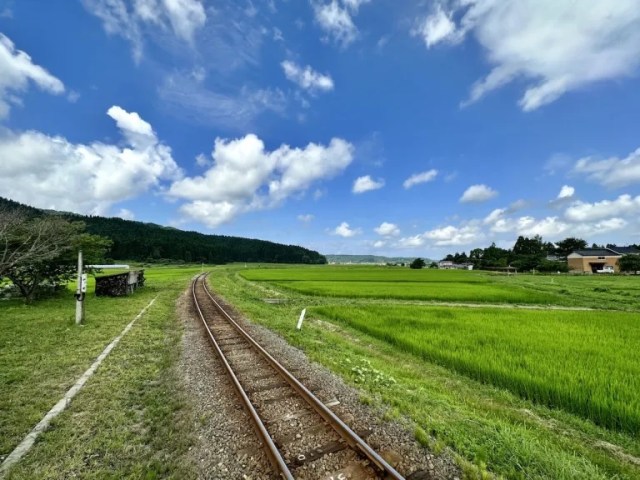
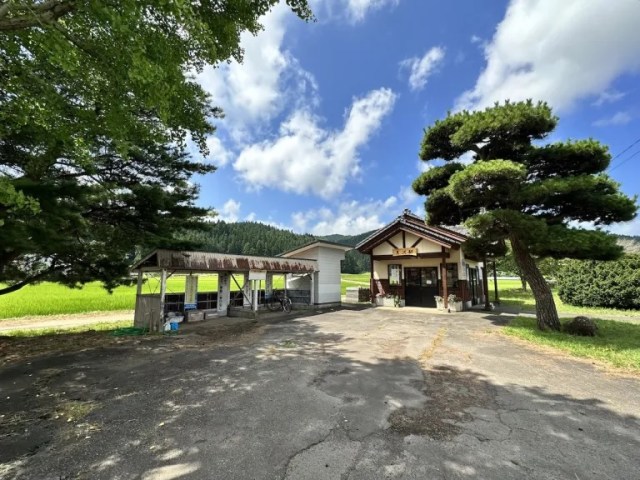

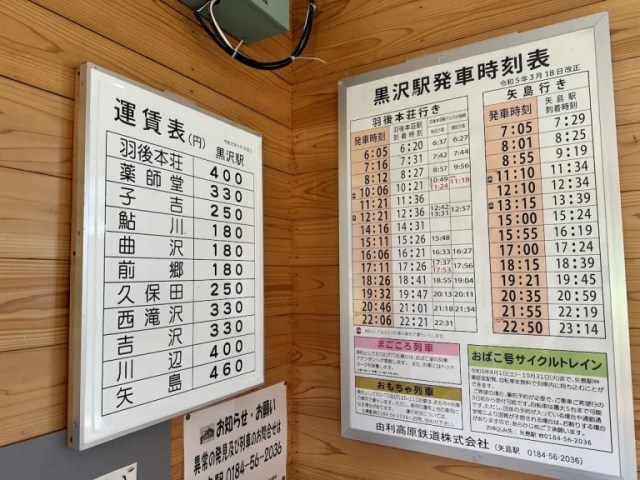
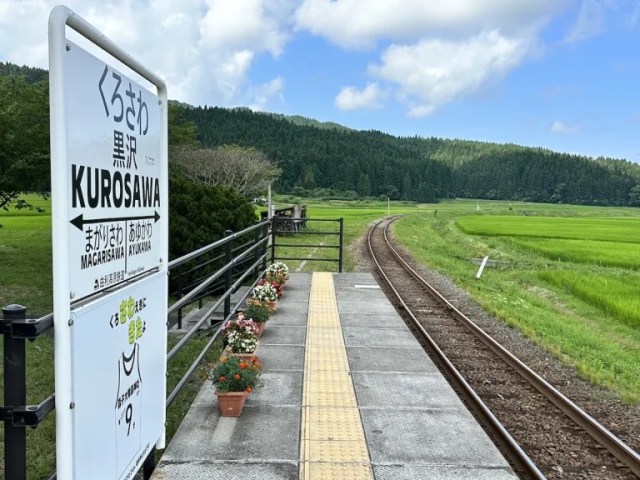
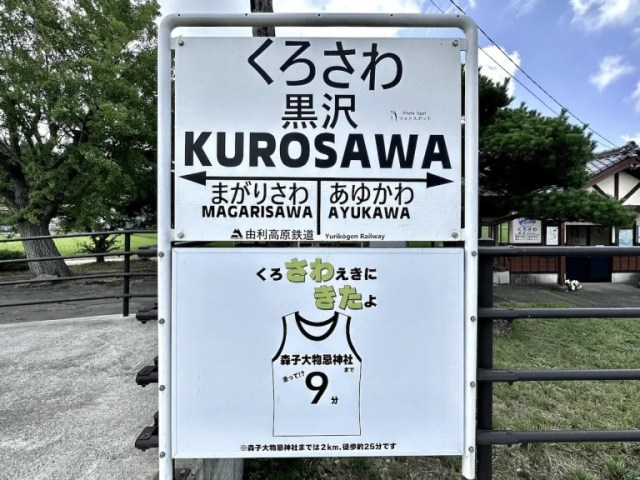
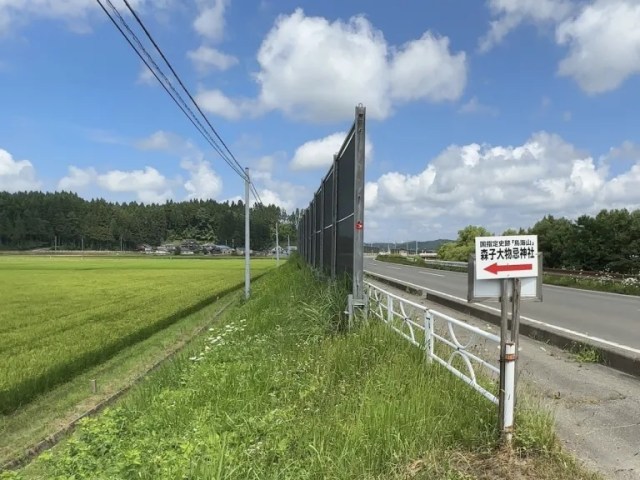
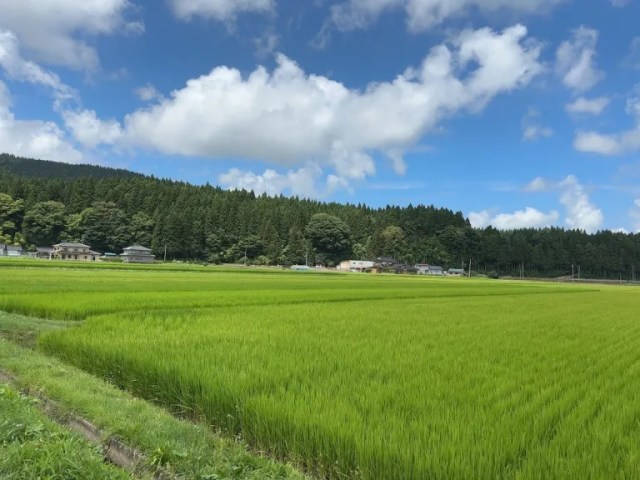
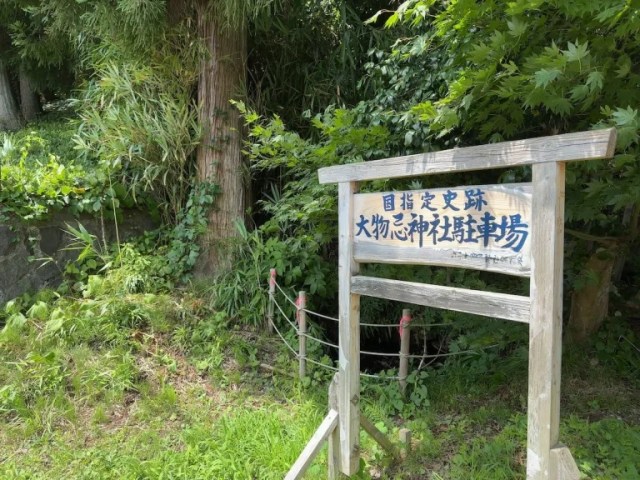
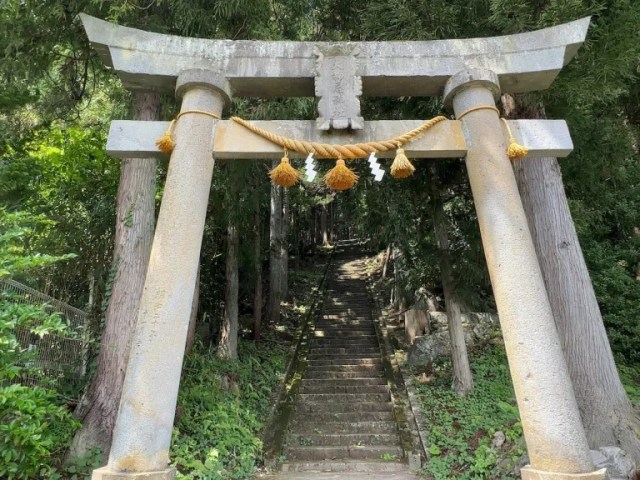
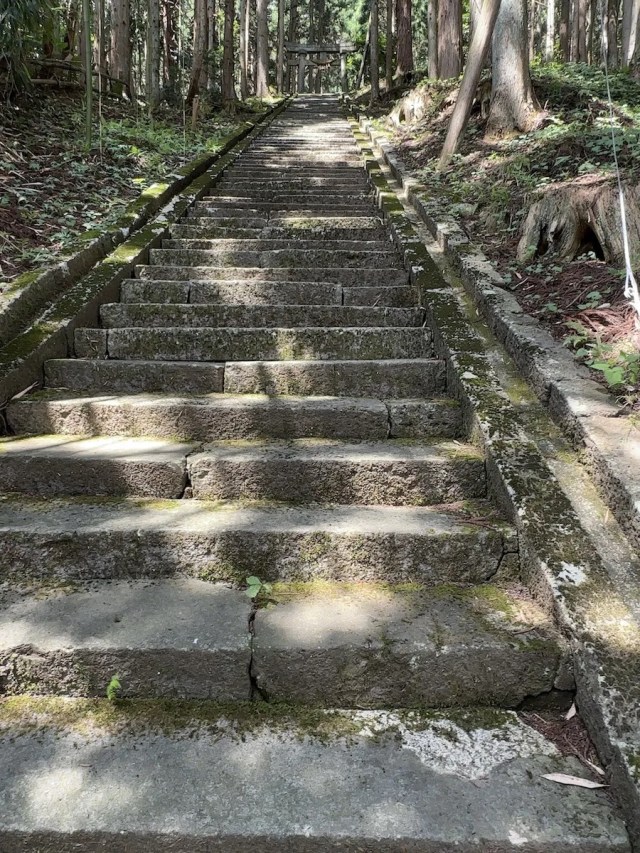
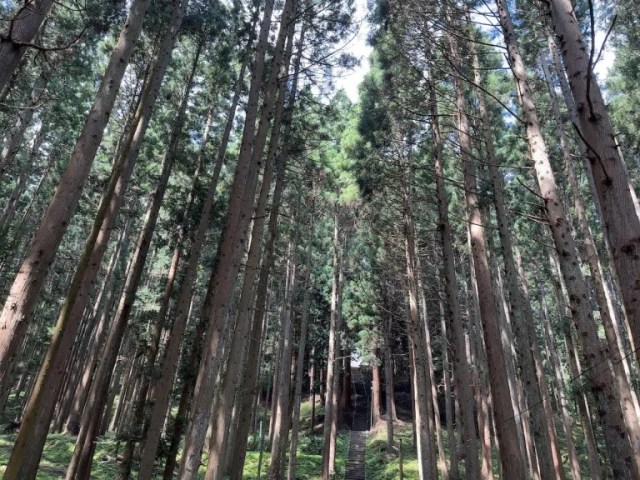
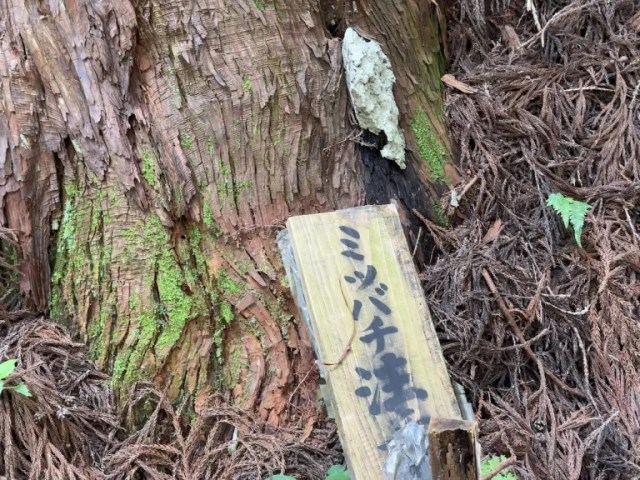
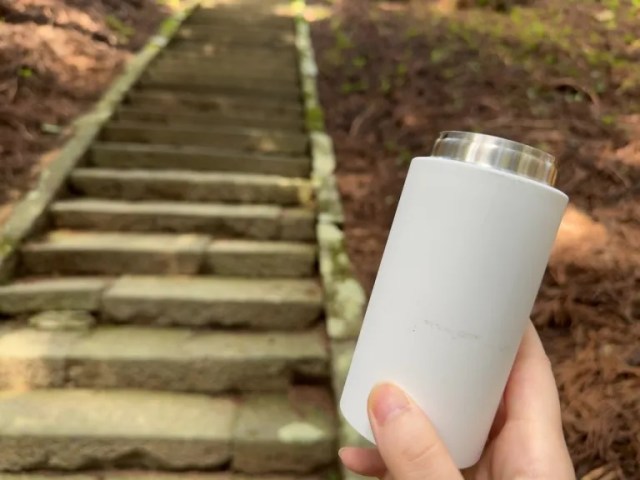
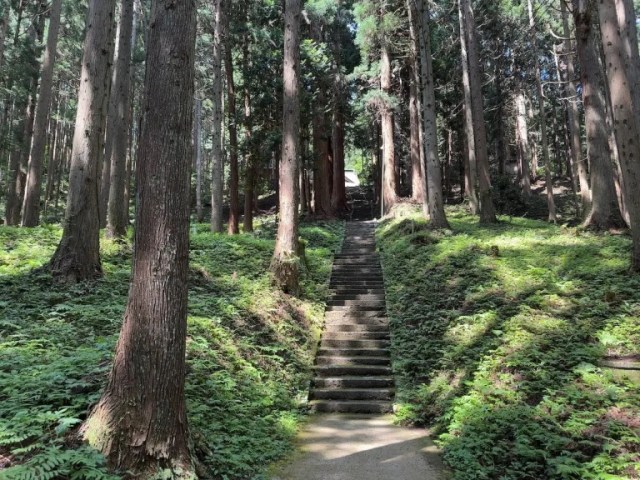
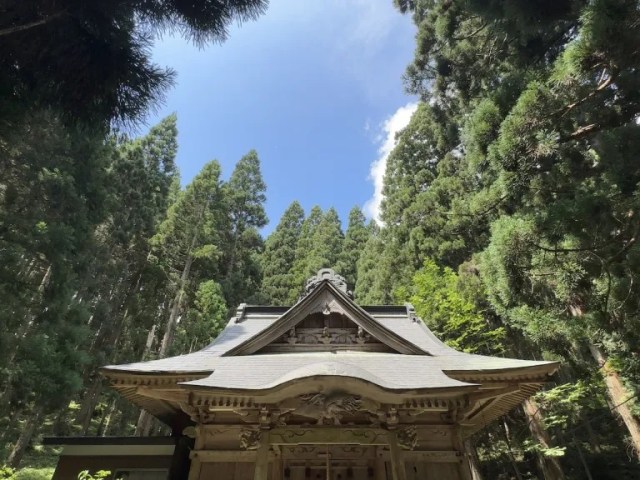
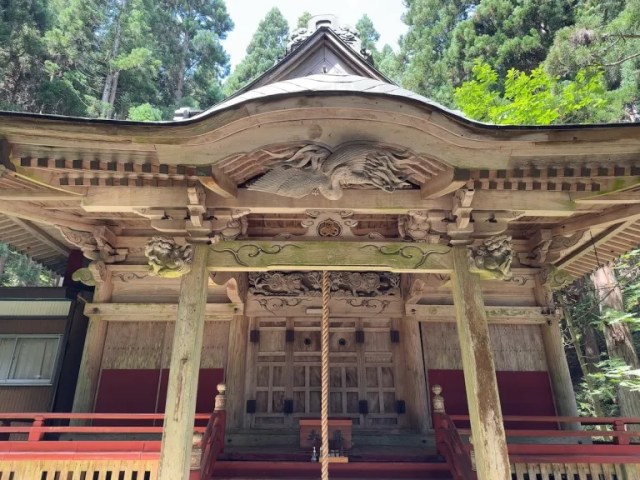
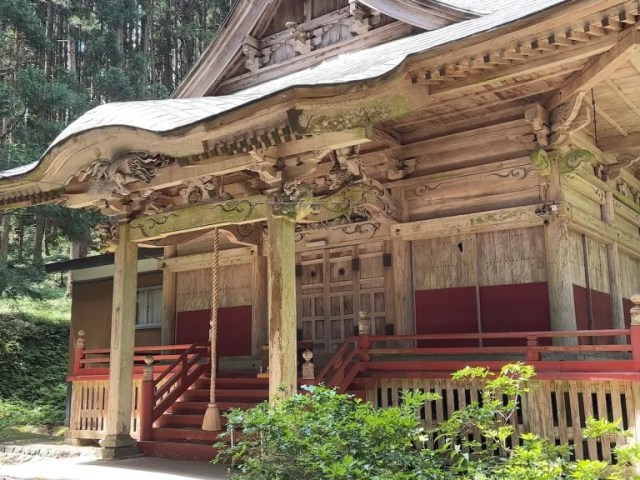
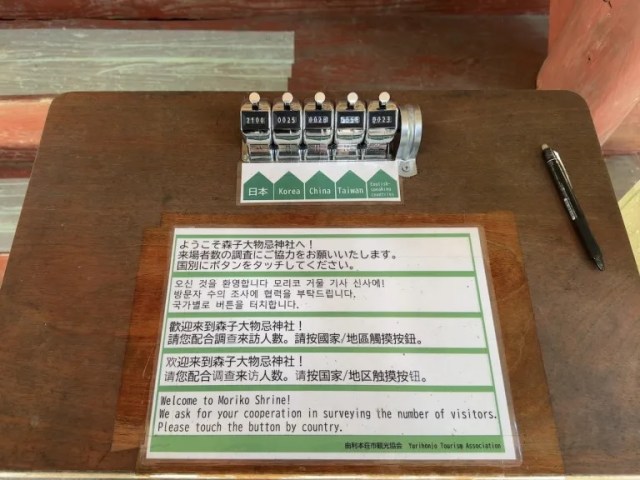
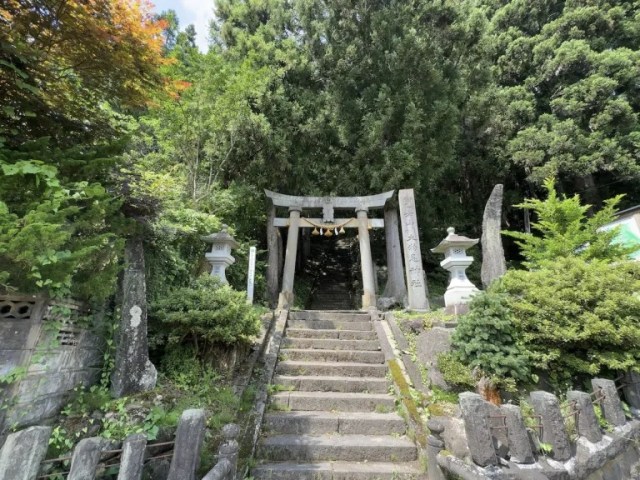
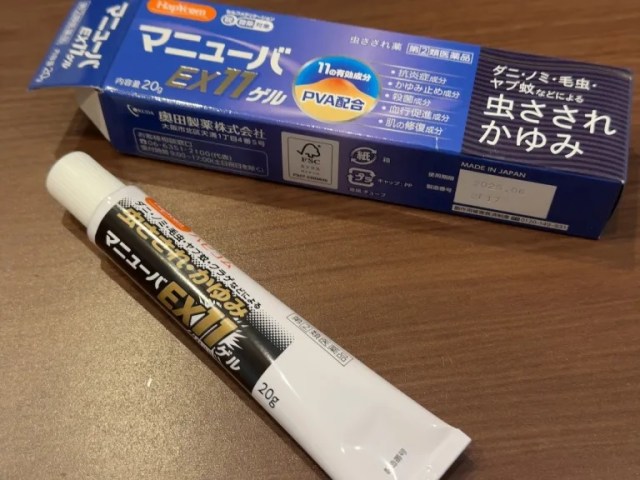
 New Slam Dunk anime movie shows off CGI trailer, Japan react differently than overseas fans【Vid】
New Slam Dunk anime movie shows off CGI trailer, Japan react differently than overseas fans【Vid】 Avatar sequel no match for anime basketball boys in Japan as Way of Water debuts behind Slam Dunk
Avatar sequel no match for anime basketball boys in Japan as Way of Water debuts behind Slam Dunk Legendary basketball anime Slam Dunk is getting a brand-new movie
Legendary basketball anime Slam Dunk is getting a brand-new movie The 9 types of basketball players in Slam Dunk – which type are you?
The 9 types of basketball players in Slam Dunk – which type are you? Taiwanese sports channel airs anime Slam Dunk in place of cancelled NBA games
Taiwanese sports channel airs anime Slam Dunk in place of cancelled NBA games Four Shinto shrines to pray for love at in Japan to start the New Year
Four Shinto shrines to pray for love at in Japan to start the New Year Japanese government considering raising foreign resident visa renewal fees by 400 percent or more
Japanese government considering raising foreign resident visa renewal fees by 400 percent or more Japanese beef bowl chain Sukiya’s 2026 Smile Box lucky bag basically pays for itself
Japanese beef bowl chain Sukiya’s 2026 Smile Box lucky bag basically pays for itself Play games, learn, and get your fortune at Ginza’s limited-time Tsunaguu “Shrine of the Future”
Play games, learn, and get your fortune at Ginza’s limited-time Tsunaguu “Shrine of the Future” Ghibli Museum video takes us into the steam punk elevator and up the spiral staircase【Video】
Ghibli Museum video takes us into the steam punk elevator and up the spiral staircase【Video】 Starbucks Japan ready to get Year of the Horse started with adorable drinkware and plushies【Pics】
Starbucks Japan ready to get Year of the Horse started with adorable drinkware and plushies【Pics】 What did Shibuya really look like after the crowds on New Year’s Day?
What did Shibuya really look like after the crowds on New Year’s Day? Starbucks Reserve Roastery Tokyo adds exclusive drinks to the menu for autumn
Starbucks Reserve Roastery Tokyo adds exclusive drinks to the menu for autumn We use the Seishun 18 Ticket to travel from Japan to Korea by ferry
We use the Seishun 18 Ticket to travel from Japan to Korea by ferry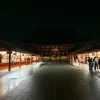 Why Sensoji temple in Asakusa is better at night
Why Sensoji temple in Asakusa is better at night Hayao Miyazaki says Happy New Year to Studio Ghibli fans with new art for Year of the Horse
Hayao Miyazaki says Happy New Year to Studio Ghibli fans with new art for Year of the Horse 7 great places to see Mt. Fuji from without having to climb it
7 great places to see Mt. Fuji from without having to climb it We found possibly the quietest Japanese-style hotel in Tokyo’s bustling Shinjuku district
We found possibly the quietest Japanese-style hotel in Tokyo’s bustling Shinjuku district Cup Noodle tries an authentic Jiro-style ramen, but something’s not quite right
Cup Noodle tries an authentic Jiro-style ramen, but something’s not quite right Hello Kitty Choco Egg figures are an adorable trip through three periods of Japanese pop culture【Pics】
Hello Kitty Choco Egg figures are an adorable trip through three periods of Japanese pop culture【Pics】 Japan’s oldest largetooth sawfish in captivity back on display in Mie Prefecture
Japan’s oldest largetooth sawfish in captivity back on display in Mie Prefecture Cyberpunk anime meets traditional culture in Ghost in the Shell gold leaf Japanese changing screens
Cyberpunk anime meets traditional culture in Ghost in the Shell gold leaf Japanese changing screens The best Starbucks Japan Frappuccinos we want to drink again in 2026
The best Starbucks Japan Frappuccinos we want to drink again in 2026 We revisited Sweets Paradise after a decade to see if Japan’s dessert buffet still delivers
We revisited Sweets Paradise after a decade to see if Japan’s dessert buffet still delivers 7-Eleven Japan starts new temporary luggage storage service in over 300 branches
7-Eleven Japan starts new temporary luggage storage service in over 300 branches Disillusionment at Tsukiji’s tourist-target prices led us to a great ramen restaurant in Tokyo
Disillusionment at Tsukiji’s tourist-target prices led us to a great ramen restaurant in Tokyo Starbucks teams up with 166-year-old Kyoto doll maker for Year of the Horse decorations【Photos】
Starbucks teams up with 166-year-old Kyoto doll maker for Year of the Horse decorations【Photos】 Tokyo considering law requiring more trash cans following litter increase in heavily touristed area
Tokyo considering law requiring more trash cans following litter increase in heavily touristed area Tokyo’s Tsukiji sushi neighborhood asks tour groups to stay away for the rest of the month
Tokyo’s Tsukiji sushi neighborhood asks tour groups to stay away for the rest of the month Tokyo event lets you travel back in time, for free, to celebrate 100 years since Showa era start
Tokyo event lets you travel back in time, for free, to celebrate 100 years since Showa era start Sanrio theme park in Japan announces plans to expand into a Sanrio resort
Sanrio theme park in Japan announces plans to expand into a Sanrio resort Japan may add Japanese language proficiency, lifestyle classes to permanent foreign resident requirements
Japan may add Japanese language proficiency, lifestyle classes to permanent foreign resident requirements Stamina-destroying “Paralysis Noodles” are Tokyo’s newest over-the-top ramen innovation
Stamina-destroying “Paralysis Noodles” are Tokyo’s newest over-the-top ramen innovation Survey asks foreign tourists what bothered them in Japan, more than half gave same answer
Survey asks foreign tourists what bothered them in Japan, more than half gave same answer Japan’s human washing machines will go on sale to general public, demos to be held in Tokyo
Japan’s human washing machines will go on sale to general public, demos to be held in Tokyo Japan’s deadliest food claims more victims, but why do people keep eating it for New Year’s?
Japan’s deadliest food claims more victims, but why do people keep eating it for New Year’s? We deeply regret going into this tunnel on our walk in the mountains of Japan
We deeply regret going into this tunnel on our walk in the mountains of Japan Studio Ghibli releases Kodama forest spirits from Princess Mononoke to light up your home
Studio Ghibli releases Kodama forest spirits from Princess Mononoke to light up your home Major Japanese hotel chain says reservations via overseas booking sites may not be valid
Major Japanese hotel chain says reservations via overseas booking sites may not be valid Put sesame oil in your coffee? Japanese maker says it’s the best way to start your day【Taste test】
Put sesame oil in your coffee? Japanese maker says it’s the best way to start your day【Taste test】 No more using real katana for tourism activities, Japan’s National Police Agency says
No more using real katana for tourism activities, Japan’s National Police Agency says Starbucks Japan reveals new sakura drinkware collection, inspired by evening cherry blossoms
Starbucks Japan reveals new sakura drinkware collection, inspired by evening cherry blossoms Updated cherry blossom forecast shows extra-long sakura season for Japan this year
Updated cherry blossom forecast shows extra-long sakura season for Japan this year Beautifully off the beaten path in Nara with the Shimo no Negimichi shrine trail【Photos】
Beautifully off the beaten path in Nara with the Shimo no Negimichi shrine trail【Photos】 Staying one step ahead of the tourist crowds with a visit to Japan’s main Mt. Fuji shrine【Photos】
Staying one step ahead of the tourist crowds with a visit to Japan’s main Mt. Fuji shrine【Photos】 Tokyo shrine hosts event for anime fans ready to let go and recycle character keychains, standees
Tokyo shrine hosts event for anime fans ready to let go and recycle character keychains, standees A daytime visit to Tokyo’s “station of despair” to look for demon lairs【Photos】
A daytime visit to Tokyo’s “station of despair” to look for demon lairs【Photos】 Anime holy ground – A visit to the real-world location of Look Back【Photos】
Anime holy ground – A visit to the real-world location of Look Back【Photos】 Japanese netizens list their top 10 choices for ’90s anime remakes — What’s your pick?
Japanese netizens list their top 10 choices for ’90s anime remakes — What’s your pick? Day 2 of our quest to visit all the Pokémon manhole covers in Tottori【Photos】
Day 2 of our quest to visit all the Pokémon manhole covers in Tottori【Photos】 Three beautiful outside-the-cities places to visit in Hokkaido with a connection to Golden Kamuy
Three beautiful outside-the-cities places to visit in Hokkaido with a connection to Golden Kamuy Japanese anime fans weigh in on which Shonen Jump anime are the most entertaining
Japanese anime fans weigh in on which Shonen Jump anime are the most entertaining Studio Ghibli art train to run in Tokyo at anime film’s real-world location
Studio Ghibli art train to run in Tokyo at anime film’s real-world location Love Live! fan visits Mari’s room inside Awashima Hotel, finds anime details exist in real life!
Love Live! fan visits Mari’s room inside Awashima Hotel, finds anime details exist in real life! Searching for Japan’s “river of the dead” in Tottori Prefecture【Photos】
Searching for Japan’s “river of the dead” in Tottori Prefecture【Photos】
Leave a Reply